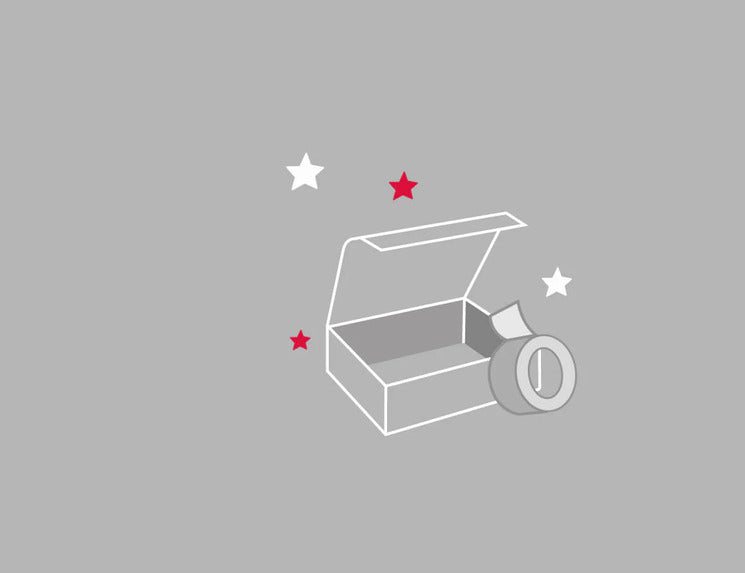
What sets the comrades apart?
Apart from being the world's oldest and largest ultramarathon, the marathon’s rich
history is intertwined with South Africa's history. Created in 1921 as a tribute to South
Africa’s World War I veterans, the race stretches 87 kms through KwaZulu-Natal between
Durban and Pietermaritzburg, crossing five grueling hills.
While you’re there, the Comrades Museum is a great place to visit to learn more about
its history.
The Route This Year
While it is the same stretch, the UP RUN is a very different race profile compared to the
DOWN RUN. The route goes through the Valley of a Thousand Hills in KwaZulu-Natal,
which makes the Comrades Up Run so challenging.
The road that gets you to the starting point in Durban isn’t considered to be the safest
and you’re advised to move with a group of other runners. You’ll find plenty of groups in
Durban on race day.
Race Route
Profile Map

Acclimatisation
and Rest
Runners typically start tapering their training around 15 to 20 days before the race day. Tapering involves gradually reducing the intensity and volume of training to ensure the body is rested and fully recovered for the big day.
Practice runs, side
events and bib collection

The Durban beach side promenade that stretches from
North Beach Pier to Blue Lagoon Park is about 5 miles
long and the safest place to do your shake down run the
day before the race. If you’re traveling solo to the race, this
is a good location to find fellow Comrades runners. Try to
get your practice runs in early in the morning, as it tends to
get crowded as the day progresses.
On Thursday, 6th June there is an International Runners'
Day where participants from all countries come together for
a run. The preferred location for this run is along the
beachfront at the promenade, offering scenic views and a
great environment in preparation for the upcoming race.
Two days before the race, many Indian runners participate in
a group run organized by the Indian Consulate in South
Africa, followed by yoga. This is scheduled to happen on 7th
June this year. Later at the expo, there's an organized Indian
runners group picture session, where most runners collect
their bibs. While these aren’t must dos, they do make up for
a large part of the festive experience that Comrades
provides.

During the
race
Try and get to the starting point outside Durban City Hall ahead of time.
This will give you enough time to use the bathroom if you need to and
get yourself into your assigned starting pen based on your qualifying
time. The organizers have now started disqualifying runners who change
their starting pens at the start. At Comrades the clock starts ticking at
gun time as opposed to the chip time when you set off. Don’t try to jump
pens to save time and risk being disqualified.
As far as pacing is concerned Pinto’s advice is to take it easy in the first
half, which is mostly uphill this year. Considering the chilly weather, it is
easy to not feel the strain of a fast pace initially, but the fatigue tends to
kick in, during the second half.

Hydration
& Nutrition
Rarely do runners get to Comrades without a training plan that includes
race day hydration and nutrition. But things can change during a race, so
listen to your body on the day. Drink, eat and walk when you want to
and don’t wait until your body is desperate for water, no food and rest.
For first-time Comrades runners, both Satish and Pinto advise starting
easy, avoiding wasting time at hydration points, and conserving energy
for the tough second half. There are about 42 hydration points, so don't
linger—grab what you need and keep moving.
Archana chose to pay for Consport’s Race Day Support Gazebos to store
all her additional gear, hydration and nutrition. This lets you run free
without having to carry everything you have in a bag. You can find more
details including the support points and their tariff here
We hope these tips help you make the most of your Comrades Marathon
experience. Soak it all in and enjoy this experience of a lifetime.



Packing,
not packaging
We want to minimise our environmental impact and have been a work in progress. We always skipped plastic, and since June 2020, we started shipping our orders minus extra tags, invoices, and content that often ends up in trash.


Eye-rolling is a good exercise! Sometimes, our emails will make you do that. Other times, they might be share worthy.
- Customer Care
- + 91 771 090 5855
- support@goathlos.com
- Contact Us

